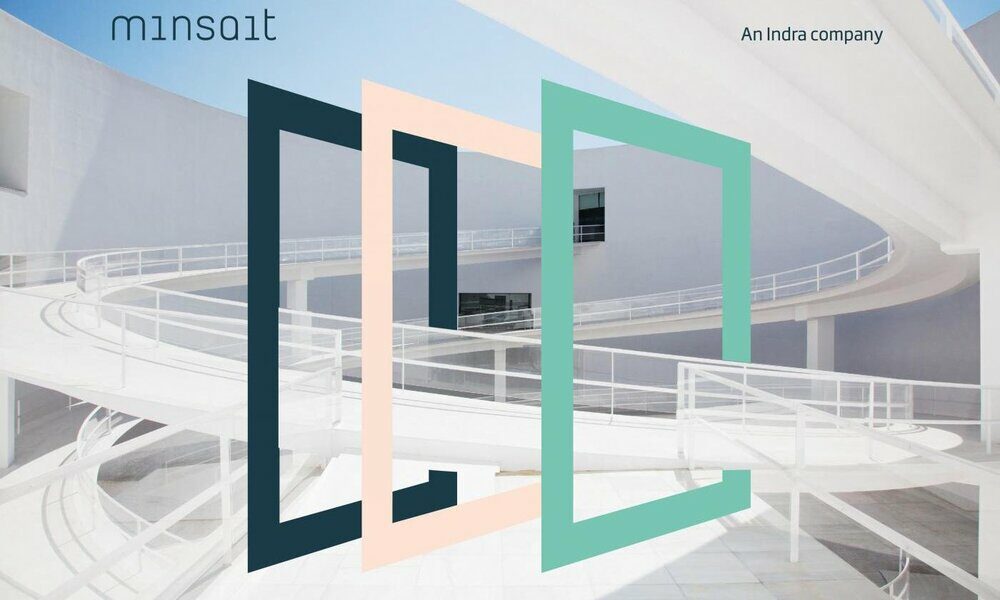
minsaitthe technological subsidiary of the consultancy Indra, has announced the launch of its own Open RAN software proposalwhich it has launched with the intention of supporting the development of the open mobile access network, which will serve to give impetus to the future development and expansion of 5G and 6G in Europe, according to Europa Press.
As the company has recalled, the Open RAN software allows the simultaneous participation of various vendors in the development and commercialization of components for networks, which leads to a «increased competitiveness and cost savings for the main companies in the sector«.
In addition, Minsait points out that, with this new launch, it hopes to enter a scenario in which “the usual limitations caused by the dependence on a single manufacturer are giving way to the diversification of the supply chain, the drive for innovation and the evolution of the network itself«.
From the company they point out that when the disaggregation between hardware and software occurs, it allows reducing the development time of the technology, as well as the time necessary to launch it on the market and to update it later. On the other hand, they have highlighted that the Open RAN interfaces, standard and open, facilitate and favor communication between devices of different origin.
Also, thanks toArtificial Intelligence and machine learning (ML) that incorporates the RIC (RAN Intelligent Controller, or RAN Intelligent Controller)» A network that is in the development and implementation phase can be optimized and controlled. And for Minsait, Open RAN is an opportunity, both for operators and for technology integrators,”allowing the former to increase their options in a competitive environment and enabling the latter to expand their business and their customer network. A model that works, on a smaller scale, in private mobile networks«.
For all this, Minsait has focused on the Open RAN ecosystem, and has identified its advantages, which range from the diversity until the possibility to implement open and standard interfaces. But he has also identified as benefits of the system the automation in the life cycle of the res functions, the reduction of costs and the greater agility that leads to the creation of the network and its services.
In Minsait too have identified several challenges posed by Open RAN. Like the fact that the operator and/or integrators have to check that all the network components fit perfectly before deploying them on the network. Also the need to specify what response is given to incidents that may occur after the operational phase, taking into account that it is more difficult to achieve it when several vendors have to agree to establish it.
This, according to the company, means that network management and maintenance, as well as taking care of its performance and the development of security architecture, make it necessary to pay more complex attention to networks with Open RAN than to traditional solutions. In them, a single technology provider addresses all the problems that may arise. The same does not happen with networks with Open RAN, since generally, several technology providers are involved in them.
All this makes it, according to the company, advisable to implement different integration models of the vendor’s components to ensure a successful deployment. In this sense, according to Minsait, it is common for the stage of carrying out these tests, as well as the start-up of the Open RAN technology, to be carried out by a company that is dedicated to the integration of systems in a neutral and impartial manner. All in order to test the complications that can occur and find the appropriate response.



